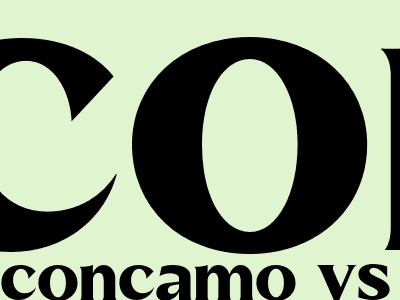
Concamo vs Phantomleaf: The Ultimate Camouflage Showdown
Introduction
Camouflage patterns play a crucial role in military operations, providing soldiers with the ability to blend seamlessly into their surroundings and avoid detection. Two of the most renowned camouflage patterns today are Concamo and Phantomleaf. This blog post delves into a comprehensive comparison of these two patterns, analyzing their unique features, effectiveness, and suitability for various environments.
Design and Features
Concamo
Concamo features a complex design with a mix of large and small organic shapes, creating a disruptive pattern that breaks up the human form. It utilizes multiple shades of green, brown, and tan to blend effectively in woodland, jungle, and desert environments.
Phantomleaf
Phantomleaf is characterized by its unique "leafy" pattern, which consists of overlapping and interconnected leaf-like shapes. It also incorporates a combination of green, brown, and tan hues, designed to mimic foliage and vegetation.
Effectiveness in Different Environments
Woodland
Both Concamo and Phantomleaf perform well in woodland environments, providing excellent concealment among trees and undergrowth. Concamo's organic shapes and disruptive pattern create a strong visual breakup, while Phantomleaf's leaf-like design effectively mimics the surrounding foliage.
Jungle
In dense jungle environments, Concamo's smaller shapes and multi-directional pattern offer a greater level of concealment. Its ability to blend with both light and dark vegetation gives it an advantage over Phantomleaf, which may struggle in areas with limited visibility.
Desert
In arid desert regions, Phantomleaf's leaf-like pattern mimics the scattered vegetation and rocks, providing effective camouflage. Concamo's larger shapes may be less suitable in these environments, as they could stand out against the open and barren terrain.
Suitability for Different Operations
Long-Range Reconnaissance
For long-range reconnaissance missions requiring high levels of concealment, both Concamo and Phantomleaf have proven effective. Concamo's disruptive pattern provides excellent concealment in diverse environments, while Phantomleaf's ability to blend with foliage is ideal for missions in wooded areas.
Close-Quarters Combat
In close-quarters combat situations, Concamo's smaller shapes and organic patterns offer an advantage. Its ability to break up the human form at close range makes it more difficult for enemies to identify and target soldiers.
Conclusion
The choice between Concamo and Phantomleaf ultimately depends on the specific environment and mission requirements. Concamo offers versatility and effectiveness in woodland, jungle, and long-range operations, while Phantomleaf excels in leafy environments and close-quarters combat. By carefully considering the unique features and suitability of each pattern, military units can optimize their camouflage capabilities and achieve a tactical advantage in the field.